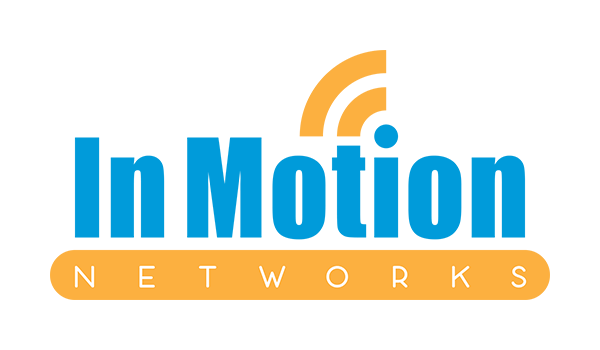Have you ever seen a video of your favorite celebrity saying something outrageous? Then later, you...
Personal Computer Recommendations
Edit: See Late 2022 update.
While we professionally manage computers and workstations in enterprise and small business environments, we are frequently asked for recommendations for personal computers for home use. While needs can vary greatly, I will try to provide some standard recommendations for the typical environmental. Gamers, video editors and other types will probably not find our suggestions sufficient and higher end configurations are definitely available for those in the need.
First up, if you still aren’t feeling ready for Windows 10, it is possible to get a new computer with Windows 7, but you will have to look at business grade computers which may cost more than the computers you see featured in the Sunday advertisements. You typically can’t purchase these computers at the local electronics or big box store and they must be ordered direct from the manufacturer or from another online retailer. (Note, while we provide computers to our managed business customers, we don’t typically sell personal computers like you will find at retail outlets.)
Processor/CPU: The lowest priced computers are going to have some likely underpowered processors that we would stay away from. You’re going to be best served with an Intel Core i3, i5 or i7. An i3 will be sufficient for most users who just need to surf the web and do some occasional other tasks. The i5 and i7 are going to be faster and give you more processing power. If you’re shopping for a computer at Costco, you’ll likely get a great value, but you’re normally going to see higher end configurations. Our typical business configuration is an i5. Advanced users who frequently edit video or photos are going to want higher end machines with additional processing power.
RAM or Memory: Don’t accept anything less than 4 GB, and more is better. Our typical configuration has 8 GB of RAM and 16 GB for power users. This is the easiest thing to upgrade, so you can buy a PC with 4 GB and then purchase additional memory separately or even at a later date. You can purchase additional memory at Crucial.com.
Hard Drive (Storage): In business applications, we go with a solid state drive because it increases performance of the computer dramatically. The same is try for personal use, however personal users will frequently want to store more data than in business. (In business we store all files on servers where they are accessible to multiple users, backed up, etc.) If you aren’t planning on storing lots of pictures, music, videos, etc. a 256 GB SSD may be sufficient, but most users will want at least 500 GB or 1 TB of storage. Purchasing that much storage as solid state may be cost prohibitive. Most desktop computers will come with a 7200 RPM drive, but some lower end models may try to get by with a slower (5400 RPM) drive. The slower drives are the standard in laptops, so upgrading to SSD will make an even more noticeable improvement in those cases.
Bottom line, you have to figure out what your needs are here. One possible workaround is to have a solid state drive as your primary drive and use online storage or a second/external drive for your pictures, music and videos that take up lots of space. One caveat to be aware of: many online backup programs (like Carbonite) won’t let you backup an external/USB drive on their personal plans. It can also be a bit of a pain dealing with two drives, so most users will accept the tradeoff of a larger (non-SSD) drive.
Operating System (OS): The operating system should be 64 bit. Lower end models may still try to get by with 32 bit Windows, but you should stay away from those models. As most of the models have switched in the past few years to 64 bit, it has become less prevalent to indicate this in the heading so you might have to dig into the details to make sure you see x64 or 64-bit somewhere in the listing about the OS. For personal use, the home versions of Windows are sufficient, but they are missing some features critical to even small businesses. As mentioned above, you can still get computers with Windows 7 Professional. On the plus side, they generally come with a Windows 10 license to make upgrading down the road.
There are a few other features we are concerned about when trying to remotely manage or maintain computers, but for personal use this should help you narrow down devices on your shopping list.



